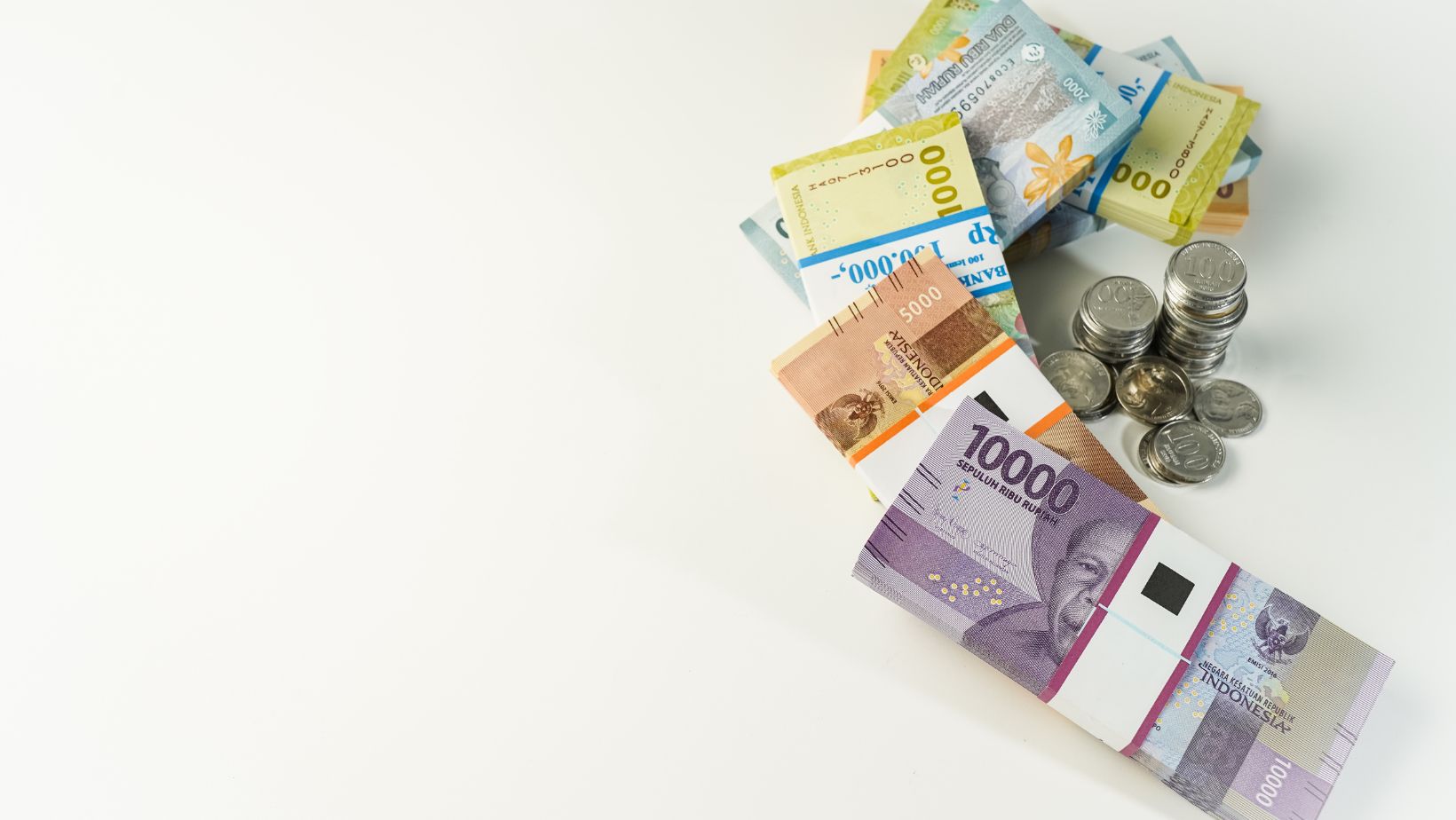Sending money between Singapore and Malaysia has become a common need for many individuals and businesses due to the proximity and strong economic ties between the two countries. Whether it’s for personal use, paying bills, supporting family members, or conducting business transactions, there are various options available for transferring funds securely and efficiently. In this article, we’ll explore the simplest and most secure ways to send money from Singapore to Malaysia, as well as some important considerations when converting SGD to MYR.
Understanding the Importance of Secure Money Transfers
When it comes to transferring money across borders, security is a top priority. Sending money internationally involves not just the transfer process but also ensuring that personal information, funds, and transactions are protected. In today’s digital age, various methods are available to send money from one country to another, but it’s essential to choose reliable options that offer robust encryption, low transaction fees, and fast processing times.
In addition to security, other factors come into play when choosing a money transfer service, such as convenience, accessibility, and exchange rates. For example, if you are transferring Singapore dollars (SGD) to Malaysian ringgit (MYR), the exchange rate you receive could make a significant difference in the amount your recipient receives.
Popular Methods for Sending Money from Singapore to Malaysia
1. Bank Transfers
One of the most traditional and reliable methods for sending money is through bank transfers. Singaporean banks such as DBS, OCBC, and UOB offer cross-border transfer services to Malaysia. When using bank transfers, the process typically involves initiating a transfer through the bank’s online portal or at a branch.
While bank transfers offer high security, they are often accompanied by relatively high fees, and the transfer time can vary from one to three business days. The transfer fees depend on the bank and the amount being sent, so it’s important to inquire beforehand. Furthermore, you should also check the exchange rate, as some banks might offer less favorable rates than other providers.
In terms of conversion, sending SGD to MYR involves a foreign exchange rate. Some banks might charge an additional fee for currency conversion, which could impact the final amount the recipient receives.
2. Money Transfer Services
Money transfer services such as Western Union, MoneyGram, and Ria are excellent choices for those seeking a faster and more convenient option. These services are widely available in both Singapore and Malaysia, with numerous agents located in key cities.
Money transfer services are popular because they allow for quick transfers, sometimes completed within minutes, and they have a vast network of agent locations. Sending money through these services is simple—either online or in person. The recipient can then pick up the funds in cash from an agent in Malaysia, or in some cases, the money can be directly deposited into their bank account.
However, the fees for these services can vary, and it’s important to check the rates before proceeding. These services may also have different exchange rates for converting SGD to MYR, so it’s wise to compare and choose the most cost-effective option.
3. Online Transfer Platforms
Online money transfer platforms are becoming increasingly popular due to their ease of use, speed, and competitive rates. Platforms like TransferWise (now Wise), PayPal, and Revolut allow individuals to send money from Singapore to Malaysia with minimal hassle. These platforms often offer more competitive exchange rates compared to traditional banks, which can make a significant difference when converting SGD to MYR.
The process typically involves creating an account, linking your payment method (e.g., debit card, credit card, or bank account), and initiating the transfer. The recipient in Malaysia will receive the funds either in their bank account or via a mobile wallet, depending on the service used. Some platforms, such as PayPal, also allow the recipient to withdraw funds to their local bank account.
While the convenience and competitive rates are appealing, it’s important to ensure that the platform you choose is trustworthy and offers the necessary security features to protect your transaction. Look for features like two-factor authentication and encryption to ensure your money is safe.
4. Cryptocurrency Transfers
For tech-savvy individuals, cryptocurrency offers an alternative method for sending money across borders. With the rise of blockchain technology, cryptocurrencies like Bitcoin, Ethereum, and stablecoins are being used for remittances between countries, including Singapore and Malaysia.
Cryptocurrency transfers are fast and have relatively low transaction fees compared to traditional methods, especially for larger amounts. However, using cryptocurrencies involves a degree of complexity, as both the sender and the recipient need to understand how to handle digital wallets and the process of converting cryptocurrencies into local currency. Additionally, the value of cryptocurrencies can be volatile, which might affect the final amount received.
Despite the potential advantages, cryptocurrency transfers are not as widely accepted for everyday transactions in Malaysia, so this option is typically best for those who are comfortable with the technology and have recipients who can convert the crypto into fiat currency.
5. Mobile Wallets and Payment Apps
In the era of digital payments, mobile wallets and payment apps are one of the most convenient and secure ways to transfer money internationally. Apps like GrabPay, Boost, and Touch ‘n Go are widely used in Malaysia, and some of them allow for international transfers from Singapore.
To send money via mobile wallets, both the sender and recipient need to have an account on the same platform. Once the payment is made, the recipient can either spend the funds directly through their wallet app or transfer the balance to their bank account. The key benefits of using mobile wallets include ease of use, fast processing, and lower fees than traditional bank transfers.
However, mobile wallet services may require both parties to be in the same region and could impose limits on the amount that can be sent, depending on the service. Additionally, while the convenience is clear, exchange rates and transaction fees are important to compare, especially when sending SGD to MYR.
Factors to Consider When Sending Money from Singapore to Malaysia
1. Transfer Fees and Charges
The first thing to consider when selecting a money transfer service is the fees involved. Different services have varying fee structures, and it’s important to understand how these will affect your transfer. Some services may have a flat fee, while others may charge based on the amount being transferred. It’s essential to factor in all charges to get an accurate picture of the total cost.
In addition, some services may offer “hidden fees” in the form of poor exchange rates. When converting SGD to MYR, always compare the exchange rate offered by different providers. A slight difference in the exchange rate can make a big impact on the amount the recipient will ultimately receive.
2. Transfer Speed
Different money transfer services vary in the time it takes to process a transfer. Bank transfers may take a few days, while services like Western Union or PayPal can complete the transfer in minutes. If you need to send money urgently, consider services that offer instant transfers. However, if you’re not in a hurry, traditional bank transfers may be a more cost-effective option.
3. Security
Security should always be a top priority when sending money internationally. Choose reputable providers that offer encryption, two-factor authentication, and other security features to protect your funds and personal information. Avoid using services that seem unfamiliar or do not offer robust security measures.
4. Exchange Rates
The exchange rate is crucial when sending money from Singapore to Malaysia. If the exchange rate is too low, you may end up losing money. Some services offer better rates than others, so it’s wise to compare and select the best option. Keep an eye on the current rate of SGD to MYR, as fluctuations in the market can impact how much the recipient receives.
Conclusion
When it comes to sending money from Singapore to Malaysia, there are a variety of options available, each with its own set of benefits and considerations. Whether you prefer using traditional bank transfers, money transfer services, online platforms, cryptocurrencies, or mobile wallets, choosing the right option depends on your priorities in terms of cost, speed, security, and convenience.
Always remember to compare fees, check the exchange rate, and prioritize security when making your decision. By doing so, you can ensure that your money transfer is smooth, cost-effective, and secure, whether you’re sending SGD to MYR for personal or business purposes.










